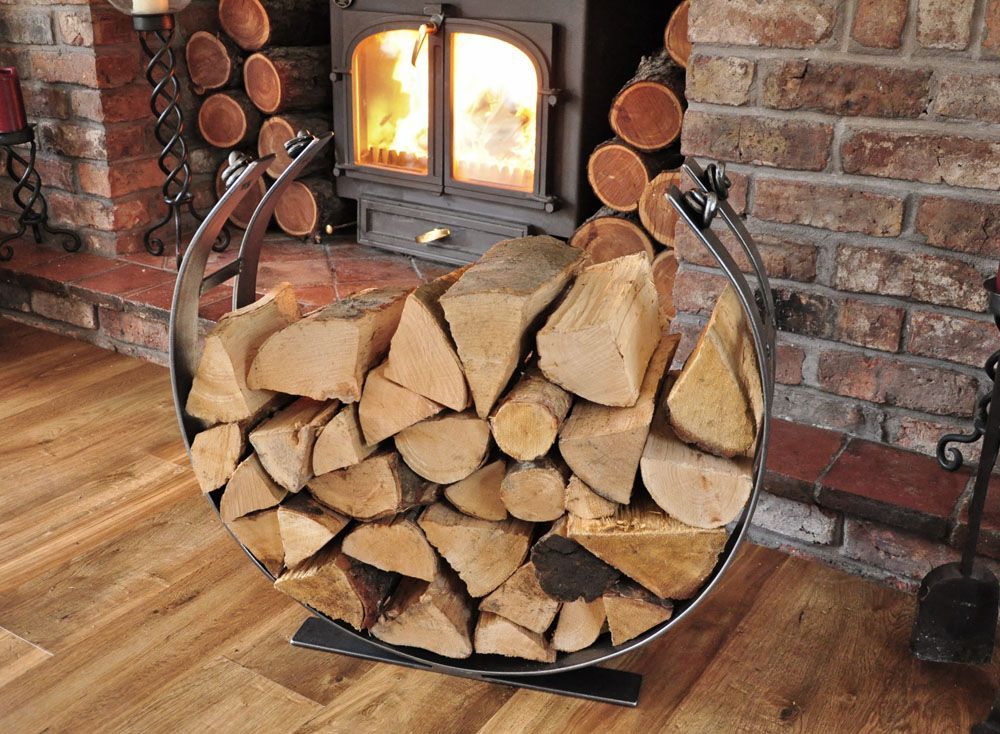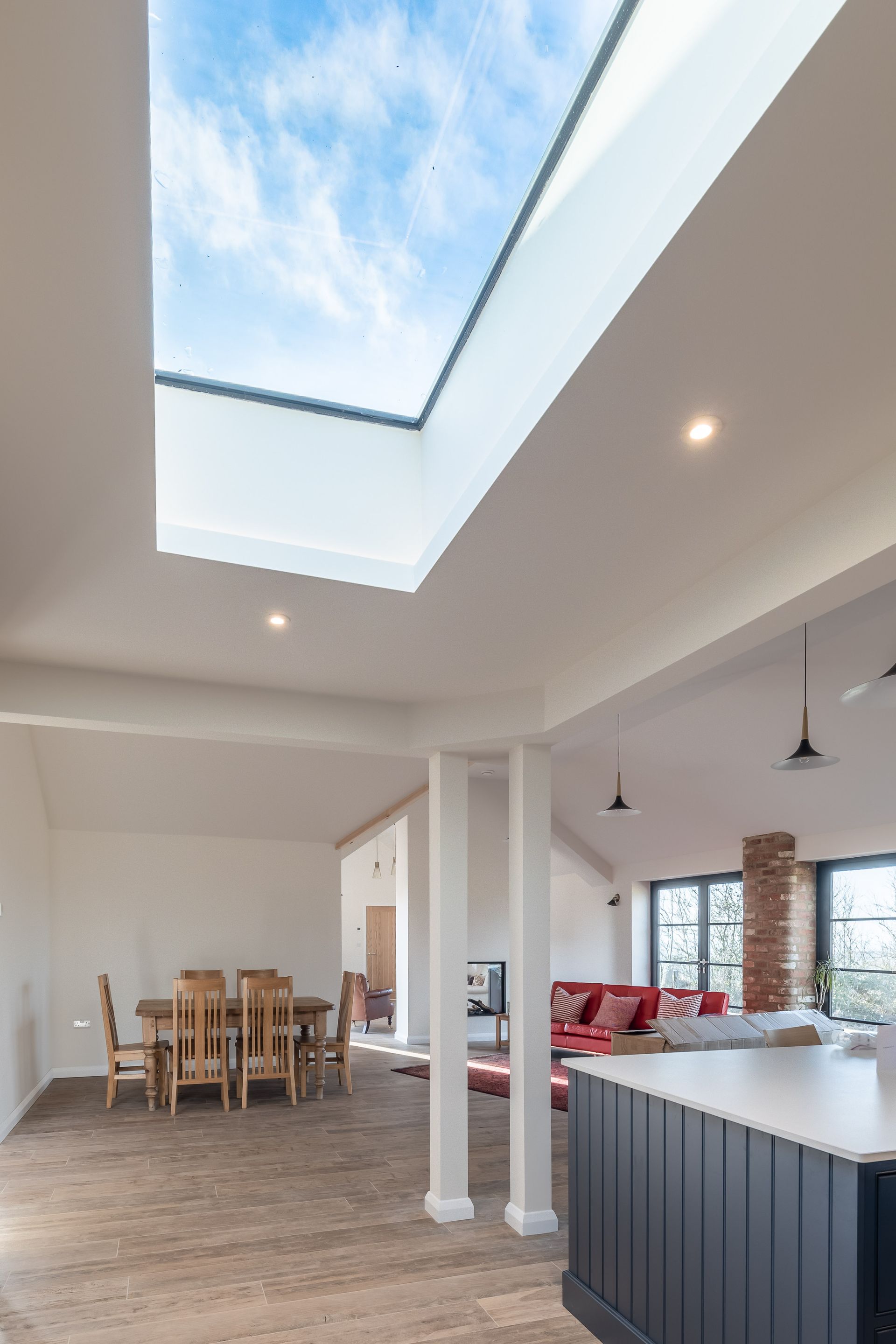Preserving History: Understanding the Historical Significance and Conservation Challenges of Listed Buildings in Great Britain
Nestled across the British landscape are architectural treasures that encapsulate centuries of history and cultural significance. These are listed buildings, guardians of the nation's heritage, and they stand as testaments to the craftsmanship and stories of bygone eras. As owners of these traditional properties, understanding their historical importance and navigating conservation challenges is paramount in preserving these national treasures.
Historical Significance of Listed Buildings
Listed buildings, categorized into Grades I, II*, and II, are structures of special architectural or historic interest, designated and protected by law to ensure their preservation. They span various architectural styles, from medieval castles to Georgian townhouses and Victorian industrial buildings, each telling a unique tale of the past.
Grade I: These buildings hold exceptional interest, representing the pinnacle of architectural brilliance. They often include iconic landmarks such as Buckingham Palace or historic cathedrals like York Minster.
Grade II and II *: Buildings of significant historical or architectural merit, contributing to the character and heritage of their surroundings. This category encompasses a vast array of structures, including cottages, mills, and country houses.
Challenges in Conservation
Owning a listed property is a privilege, but it also comes with its set of challenges, primarily centered around maintaining and preserving these buildings while adapting them for modern living:
Conservation Regulations: Listed status brings stringent regulations to preserve the original fabric and character of the building. Any alterations or repairs often require approval from local conservation officers, which can sometimes limit homeowners' freedom in modifying their properties.
Aging Infrastructure: Many listed buildings have aging infrastructures, including outdated plumbing, electrical systems, and structural issues, requiring specialized attention and expertise for maintenance and repairs while adhering to conservation guidelines.
Deterioration and Decay: Weathering and time take their toll on listed buildings. Decay, dampness, and erosion of original materials necessitate careful restoration to prevent further deterioration.
Costs of Restoration: Restoration work on listed properties can be financially demanding. Using traditional building materials and methods, along with hiring skilled craftsmen, often increases the overall cost, making it a significant consideration for owners.
Balancing Preservation and Modernization: Striking a balance between preserving historical integrity and incorporating modern comforts can be challenging. Finding ways to retrofit heating, insulation, and amenities while respecting the building's heritage requires careful planning and creativity.
Preservation Strategies
Seek Professional Guidance: Engage with conservation architects, specialists, and heritage consultants who understand the complexities of listed buildings. Their expertise can navigate the regulations, assess structural integrity, and propose appropriate restoration strategies.
Regular Maintenance: Implement a proactive maintenance plan to address issues promptly and prevent further deterioration. This includes monitoring for damp, repairing roof leaks, and caring for original features.
Conservation-Friendly Renovations: When considering renovations, work closely with conservation officers to explore sympathetic design solutions that respect the building's heritage while incorporating modern elements.
Use of Traditional Materials and Techniques: Utilize traditional building materials and techniques for repairs and renovations to ensure authenticity and compatibility with the original structure.
Access Grants and Funding: Explore available grants and funding schemes provided by heritage organizations and government bodies to support conservation efforts for listed properties.
Conclusion
Owning a listed building is an opportunity to be a custodian of history. It involves a commitment to preserving the past while ensuring its relevance for the future. By understanding the historical significance, embracing conservation challenges, and employing appropriate preservation strategies, owners of traditional properties can safeguard these invaluable pieces of British heritage for generations to come. Embrace the journey of preserving history within the walls of your home, honouring the legacy of our architectural heritage.






